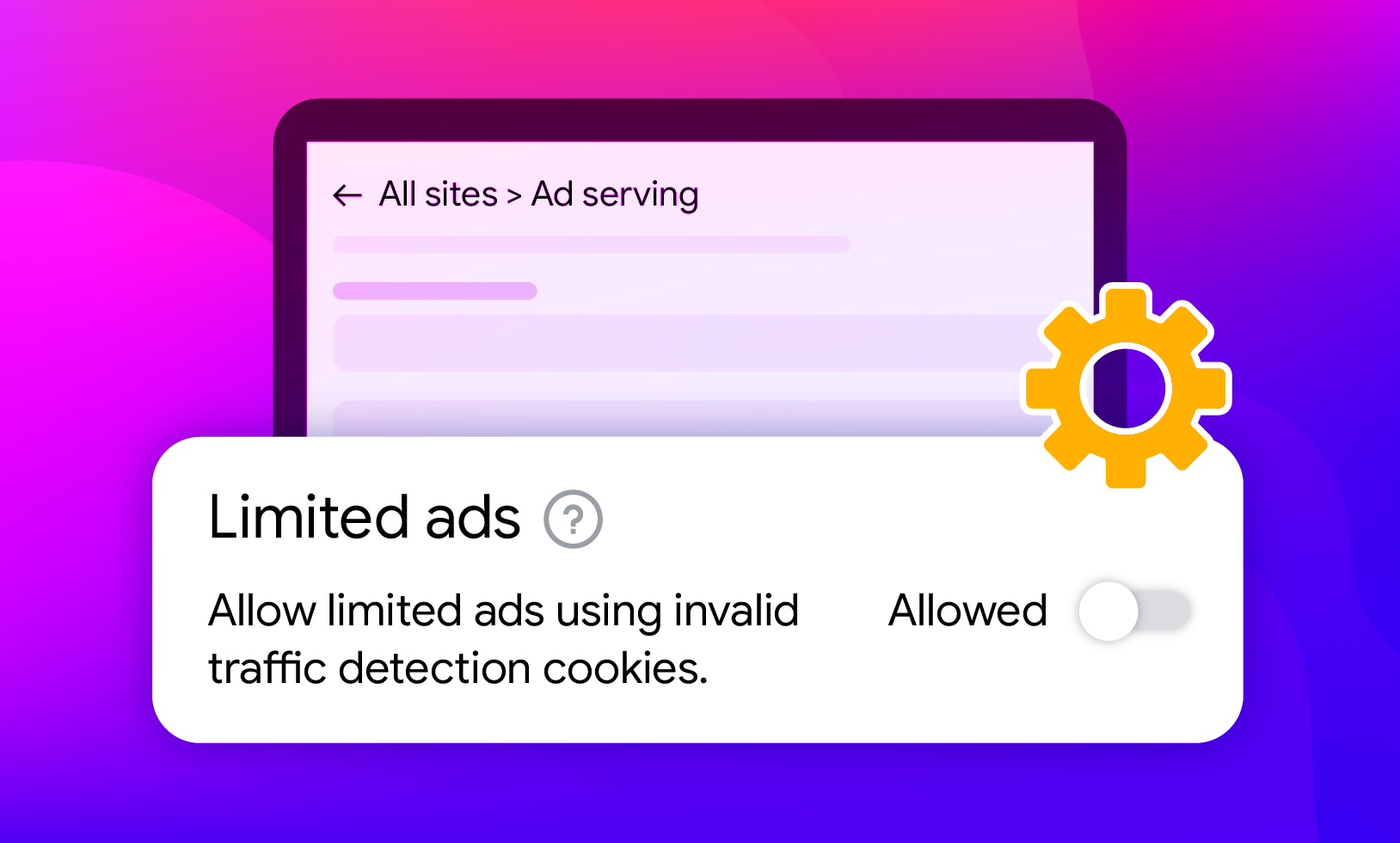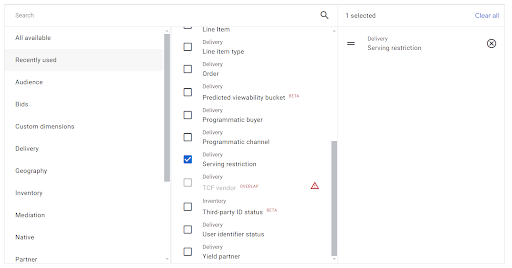What are Google Limited Ads?

In the fast-evolving digital landscape, the drop in consent rates alongside tighter privacy laws, particularly in Europe, has put a spotlight on the need for more privacy-conscious advertising solutions. Google’s introduction of programmatic support for Limited Ads in Q1 2024 marks a significant step in addressing these challenges. Let’s dive into what this change means for publishers.
Summary
- The Evolution of Limited Ads
- What Are Limited Ads?
- Enabling or Disabling Limited Ads
- Tracking Limited Ad Performance
- Clickio’s Support of Limited Ads
The Evolution of Limited Ads
Initially, Limited Ads were designed to allow publishers to serve their own campaigns without relying on user consent for cookie storage and ad personalization. However, this approach missed out on the significant revenue potential offered by the dynamic and competitive nature of programmatic advertising. Recognizing this opportunity, Google introduced programmatic demand for Limited Ads in Q1 2024. Publishers can now access a broader range of advertisers, leading to increased competition for their consent-less ad inventory.
What Are Limited Ads?
Google’s Limited Ads enable ad serving without user consent for cookie storage and personalization, still utilising cookies for fraud prevention. When activated in publisher settings, these ads are served in scenarios where there’s no consent for storing/accessing device information (Purpose 1), yet there exists legitimate interest for:
- Purpose 2: Using limited data for ad selection.
- Purpose 7: Measuring ad performance.
- Purpose 9: Gaining audience insights through statistical methods or data amalgamation.
- Purpose 10: Service development and enhancement.
Enabling or Disabling Limited Ads
For publishers seeking to leverage or opt out of Limited Ads, the process varies by platform:
- AdSense: Navigate to Brand Safety > Blocking controls > Ad serving, where you can toggle Limited Ads on or off.
- Ad Manager: Go to Admin > Global settings > Network settings to control the Programmatic Limited Ads feature.
It is also important to ensure that your Consent Management Platform sets Legitimate Interest for purposes 2, 7, 9, 10. Learn more about Consent Management Platform here.
Tracking Limited Ad Performance
Understanding the impact of Limited Ads is crucial. While AdSense currently lacks a straightforward method for tracking Limited Ads performance, Ad Manager users can utilise the “Serving restriction” dimension to analyse Limited Ads impressions.

Serving Restriction provides the following breakdown: Limited ads, Restricted data processing (RDP), Non-personalized ads (NPA), and Basic ads.
Clickio’s Support of Limited Ads
At Clickio, as a Google Certified Publishing Partner and Google-certified Consent Management Platform, we embrace the shift towards more privacy-focused advertising. We support programmatic bidding for Limited Ads and offer a variety of consent-less monetization solutions, aligning with the industry’s move towards greater privacy and user respect.
As the industry adapts to stricter consent requirements, innovations like Limited Ads ensure publishers can continue monetising effectively while upholding user privacy standards. With Clickio’s support, navigating these changes becomes a smoother, more integrated process for publishers looking to optimize their strategies in this new era.


